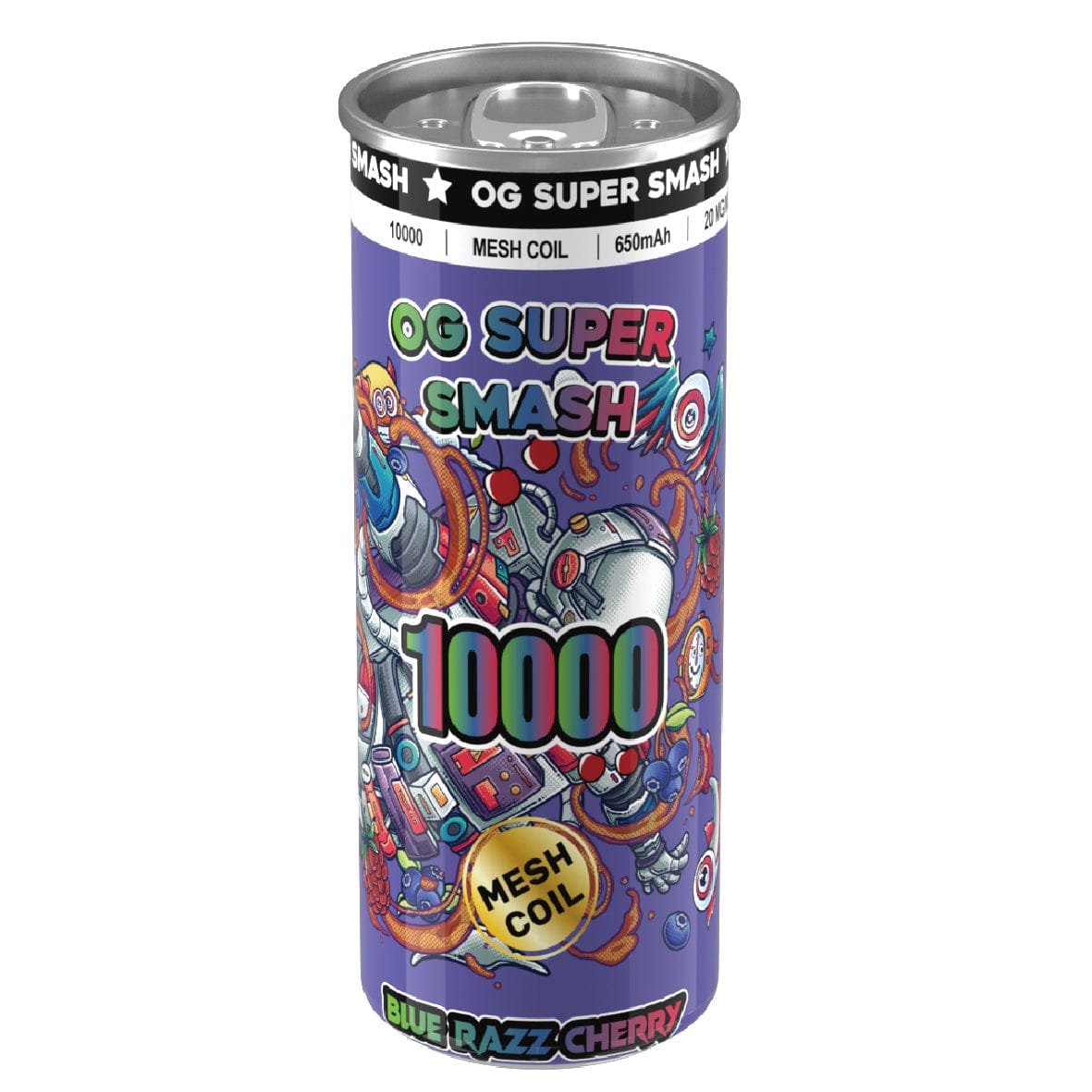The Legacy of OG Super Smash: A Deep Dive Into Its Impact
The OG Super Smash series, starting with Super Smash Bros. on the Nintendo 64 in 1999, holds a special place in the hearts of gamers around the world. Its influence on the fighting game genre is undeniable, as it brought together an eclectic roster of characters from Nintendo’s vast library of franchises. More than just a fighting game, Super Smash Bros. revolutionized the way people think about multiplayer experiences and cross-universe character interactions. For many, it wasn’t just about defeating an opponent; it was about the joy of smashing through iconic levels, uniting beloved characters, and discovering new ways to play.
Thank you for reading this post, don't forget to subscribe!Over the years, the franchise has expanded, but the original Super Smash Bros. set a standard that continues to influence game design and culture. From its innovative gameplay mechanics to its enduring appeal among casual and competitive players alike, OG Super Smash’s legacy remains firmly entrenched in the gaming world. This article will dive deep into the lasting impact of the OG Super Smash series, examining its contributions to gaming, its cultural significance, and the competitive scene that continues to thrive to this day.
The Genesis of OG Super Smash: A New Era for Fighting Game
When Super Smash Bros. was first released for the Nintendo 64, it redefined what a fighting game could be. Unlike other fighting games of its time, such as Street Fighter or Tekken, which focused on traditional one-on-one combat with complex button inputs, Super Smash Bros. introduced a unique concept. The goal wasn’t to deplete an opponent’s health bar but to knock them off the stage by inflicting damage. This innovative gameplay mechanic, combined with an accessible control scheme, made it easy for casual players to jump in while still offering depth for more experienced ones.
The roster of characters—featuring beloved Nintendo icons like Mario, Link, Samus, and Pikachu—also set the game apart. The concept of pitting these characters against each other in a battle royale-style environment was revolutionary, offering fans of Nintendo’s franchises a new way to experience their favorite characters in action. With its mix of nostalgia, accessibility, and exciting gameplay, Super Smash Bros. became an instant classic.
Innovative Gameplay Mechanics: Accessibility Meets Depth
One of the most significant aspects of the OG Super Smash Bros. was its ability to appeal to both casual and hardcore players. The control scheme was intuitive, with basic moves such as jumping, attacking, and shielding all mapped to simple buttons. However, as players spent more time with the game, they discovered more advanced techniques, such as edge-guarding, aerial attacks, and teching. This accessibility, combined with the depth of the gameplay, allowed the game to cater to players of all skill levels.
Another unique feature of the game was the absence of traditional health bars. Instead of reducing an opponent’s health, players built up damage percentages. The higher a player’s damage percentage, the further they were knocked back with each hit. This innovative mechanic added a layer of strategy to the game, as players had to decide whether to play aggressively and rack up damage or focus on positioning and avoiding being knocked off the stage.
The Cultural Impact of OG Super Smash
Beyond its innovative gameplay mechanics, Super Smash Bros. quickly became a cultural phenomenon. Its unique blend of Nintendo characters, humorous interactions, and iconic stages like Hyrule Castle and Dream Land tapped into the nostalgia of long-time Nintendo fans while introducing a new generation of players to these characters and worlds. The game’s success also laid the groundwork for a whole new era of crossover games, where franchises could coexist in a single universe.
The game’s influence extended beyond the console and into the broader gaming culture. Memes, fan art, and fanfiction based on Super Smash Bros. flourished online, creating a vibrant community of players and creators. The accessibility of the game, combined with its wide appeal, made it a staple in many social settings—whether it was a casual gathering or a competitive tournament.
Super Smash Bros. in the Competitive Scene
From the very beginning, Super Smash Bros. gained traction in the competitive gaming community. While traditional fighting games had established competitive circuits, Super Smash Bros. introduced a fresh, fast-paced, and more chaotic approach to the genre, which drew in a different type of player. The skill required to master techniques like wavedashing, shield dropping, and edge-guarding turned the game into a deeply competitive pursuit.
By the time Super Smash Bros. Melee was released for the GameCube in 2001, the competitive scene had grown rapidly. Tournaments such as Evo and MLG started featuring Smash, and the game quickly became a staple in the competitive fighting game circuit. The combination of high-level play, community-driven content, and constant innovation ensured that the competitive scene remained strong for years to come.
Today, the competitive scene for Super Smash Bros. is thriving, with players from around the world continuing to compete in both offline and online tournaments. While newer iterations of the game have come and gone, the impact of the OG Super Smash is still felt in the competitive community, with many players returning to the original game to hone their skills.
The Legacy of OG Super Smash in Modern Gaming
The influence of OG Super Smash Bros. extends far beyond its original release. Modern games, from PlayStation All-Stars Battle Royale to Rivals of Aether, have borrowed elements from Super Smash Bros. in an effort to replicate its success. The concept of crossover battles, where characters from different universes fight side by side, has become a staple in modern fighting games, thanks to the groundbreaking work done by the OG Super Smash Bros..
Moreover, the focus on multiplayer, both locally and online, has influenced the way developers design games. Multiplayer experiences have become a central focus of many modern titles, and much of this can be traced back to the impact that Super Smash Bros. had in its early days. The way it brought people together, whether through friendly couch matches or intense online battles, set the stage for the multiplayer-centric games that followed.
The Enduring Appeal of OG Super Smash
As time has passed, OG Super Smash Bros. has remained a beloved classic, played by fans who remember its release and discovered by new players who are curious about its origins. The game’s simplicity, combined with its depth, ensures that it has a timeless quality that continues to appeal to both casual players and competitive gamers alike. Whether it’s the nostalgia of playing with childhood favorites or the thrill of mastering advanced techniques, the OG Super Smash remains a game that has left an indelible mark on the gaming industry.
Conclusion
The legacy of OG Super Smash Bros. is one that continues to reverberate through the gaming world today. Its innovative gameplay mechanics, cultural impact, and influence on the competitive scene have made it a landmark title in the history of video games. As newer generations of players discover the game, its significance only grows, proving that OG Super Smash is more than just a game—it’s a cultural touchstone that shaped the direction of the entire fighting game genre. From its humble beginnings on the Nintendo 64 to its continued presence in the competitive scene, Super Smash Bros. will always be remembered as a game that redefined what was possible in a fighting game and in multiplayer gaming as a whole.
FAQs
1. What made OG Super Smash Bros. different from other fighting games at the time? OG Super Smash Bros. differed by focusing on knocking opponents off the stage rather than depleting health bars. It also featured simple controls and a diverse roster of Nintendo characters, making it accessible to casual players while offering depth for more competitive players.
2. How did OG Super Smash Bros. influence modern fighting games? OG Super Smash Bros. popularized the concept of crossover battles, where characters from different universes fight against each other. This idea has been adopted by other games, influencing modern titles in the genre.
3. Is OG Super Smash Bros. still relevant in competitive gaming today? Yes, OG Super Smash Bros. still holds a significant place in the competitive gaming community, with many players revisiting it for its unique gameplay mechanics and intense, skill-based competition.
4. Why is OG Super Smash Bros. considered a cultural phenomenon? OG Super Smash Bros. brought together iconic Nintendo characters, which generated a massive fanbase and inspired a wealth of fan-driven content, such as memes, art, and fan fiction. It resonated with a wide audience, establishing it as a cultural touchstone.
5. What are some key features of the gameplay in OG Super Smash Bros.? The key features include intuitive controls, a damage percentage system, and unique mechanics like edge-guarding and aerial combat, which provided both accessibility and depth for players of all skill levels.
6. How did OG Super Smash Bros. impact multiplayer gaming? OG Super Smash Bros. set a new standard for multiplayer experiences, combining local and online play with a focus on competitive, chaotic fun. Its success helped shape the direction of multiplayer-focused games in the years that followed.





